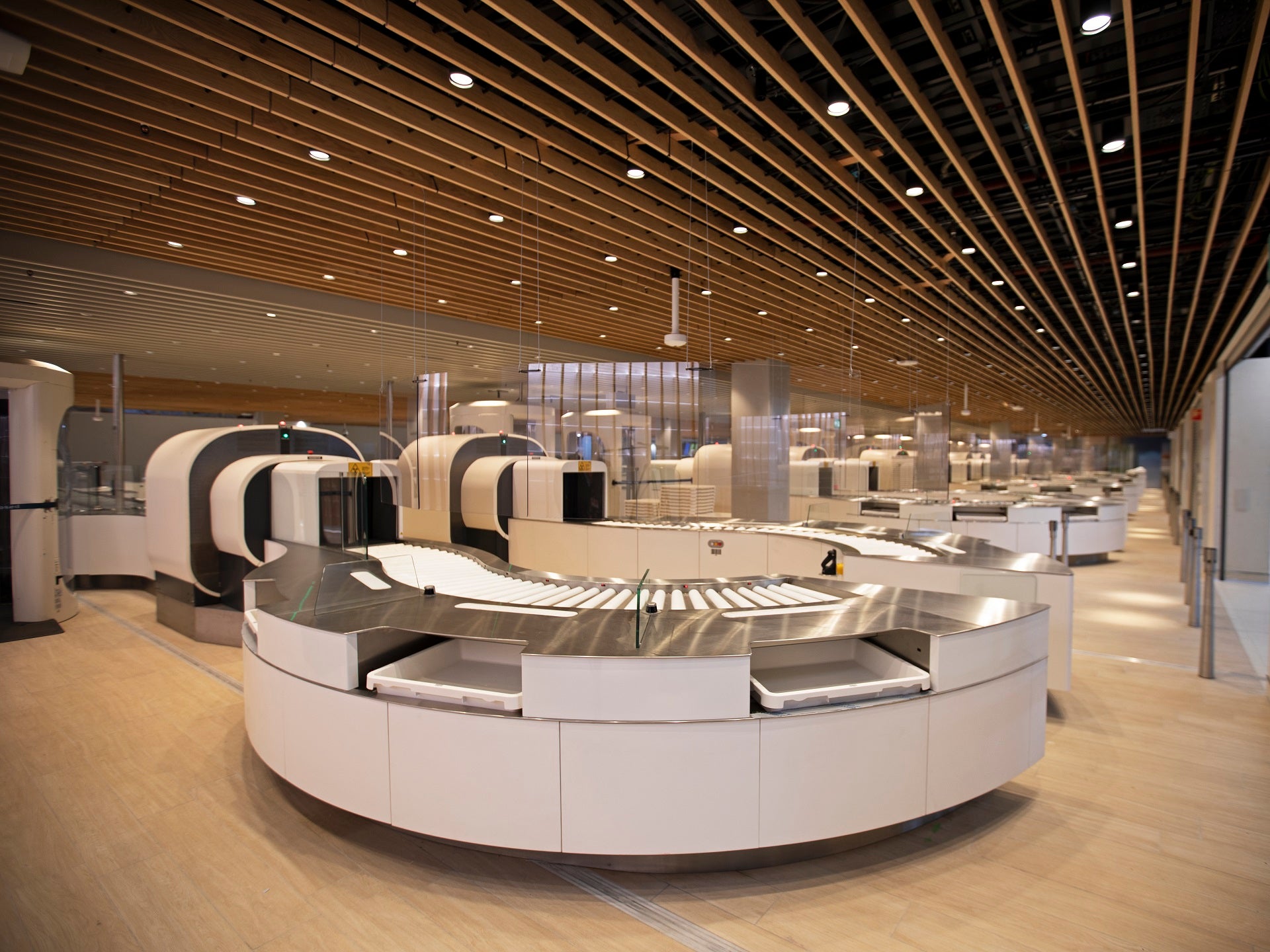
With this deployment, Schiphol Airport is said to have become the first major airport to switch to CT scans.
The airport has opened the new security filter on the mezzanine floor of Departures 1, which now features 21 security lanes armed with CT scans.
How well do you really know your competitors?
Access the most comprehensive Company Profiles on the market, powered by GlobalData. Save hours of research. Gain competitive edge.

Thank you!
Your download email will arrive shortly
Not ready to buy yet? Download a free sample
We are confident about the unique quality of our Company Profiles. However, we want you to make the most beneficial decision for your business, so we offer a free sample that you can download by submitting the below form
By GlobalDataDepartures 1 has commenced operations after the completion of renovation work.
Before replacing the X-ray machines at the security filters, Schiphol carried out numerous tests over the last few years. In 2015, the airport conducted the first test.
Royal Schiphol Group safety, security and environment deputy director Hedzer Komduur said: “This is a world first. Good news for passengers because they are no longer required to take their liquids and electronics out of their bags when going through security. It’s also good for security staff. The CT scan allows them to check baggage on their screen in 3D and even rotate it 360 degrees.”
The airport now includes nearly 35 security lanes, consisting of 21 security lanes at Departures 1 and 14 lanes at Departures 2.
To improve circulation, both the departures have been connected in a way that allows the passengers to move through Departures 2 in case Departures 1 becomes crowded.
However, the airport has recommended that passengers pack liquids and gels in their hand luggage.
Bottles and containers of up to 100ml will be allowed only after being permitted by a security staff member and scanning.
In March, Schiphol and Air Traffic Control the Netherlands (LVNL) introduced 16 additional measures to the multi-annual programme to cut down noise nuisance.
The additions were made after collecting input from the residents, municipalities, provincial officials, councils and social organisations.




